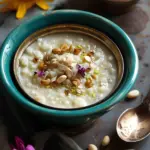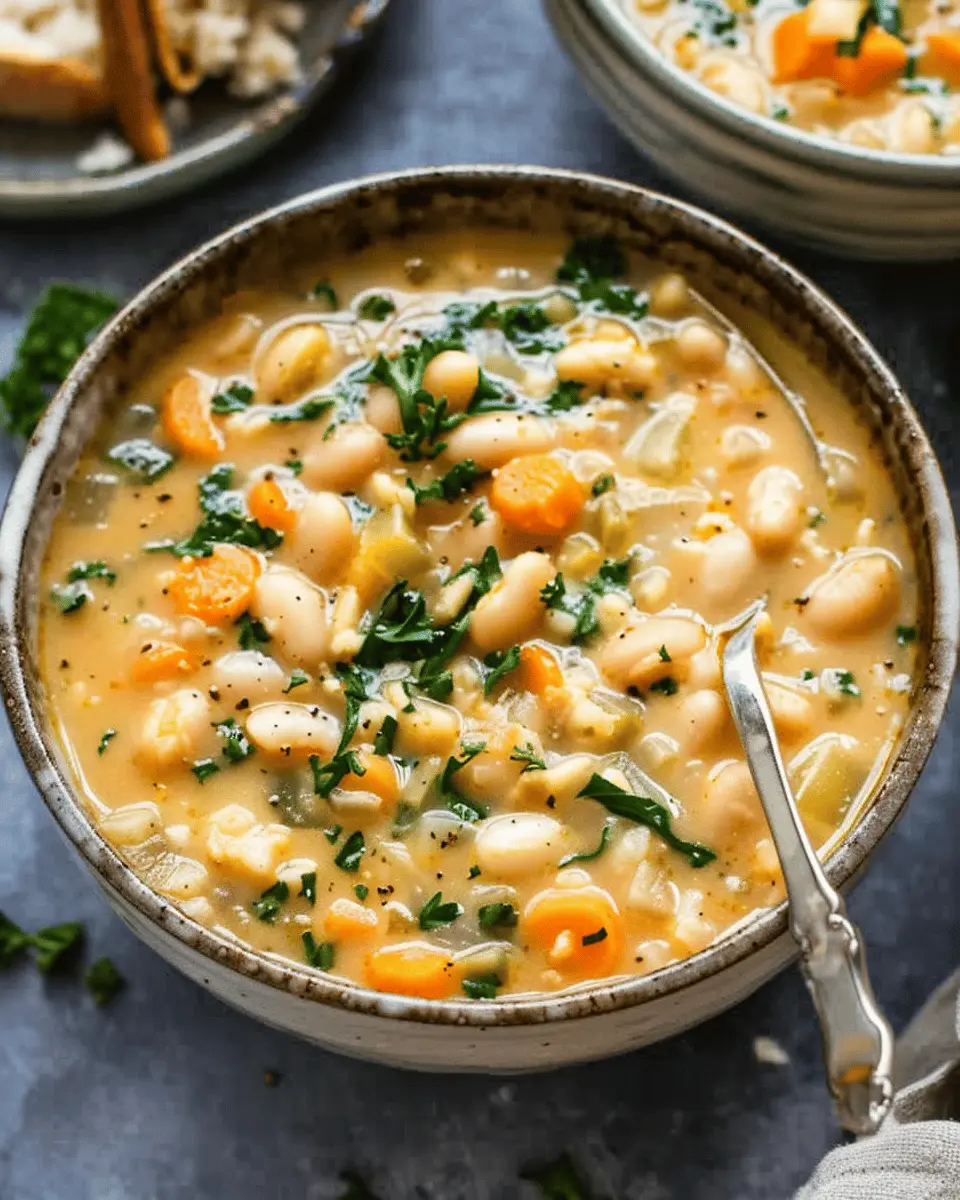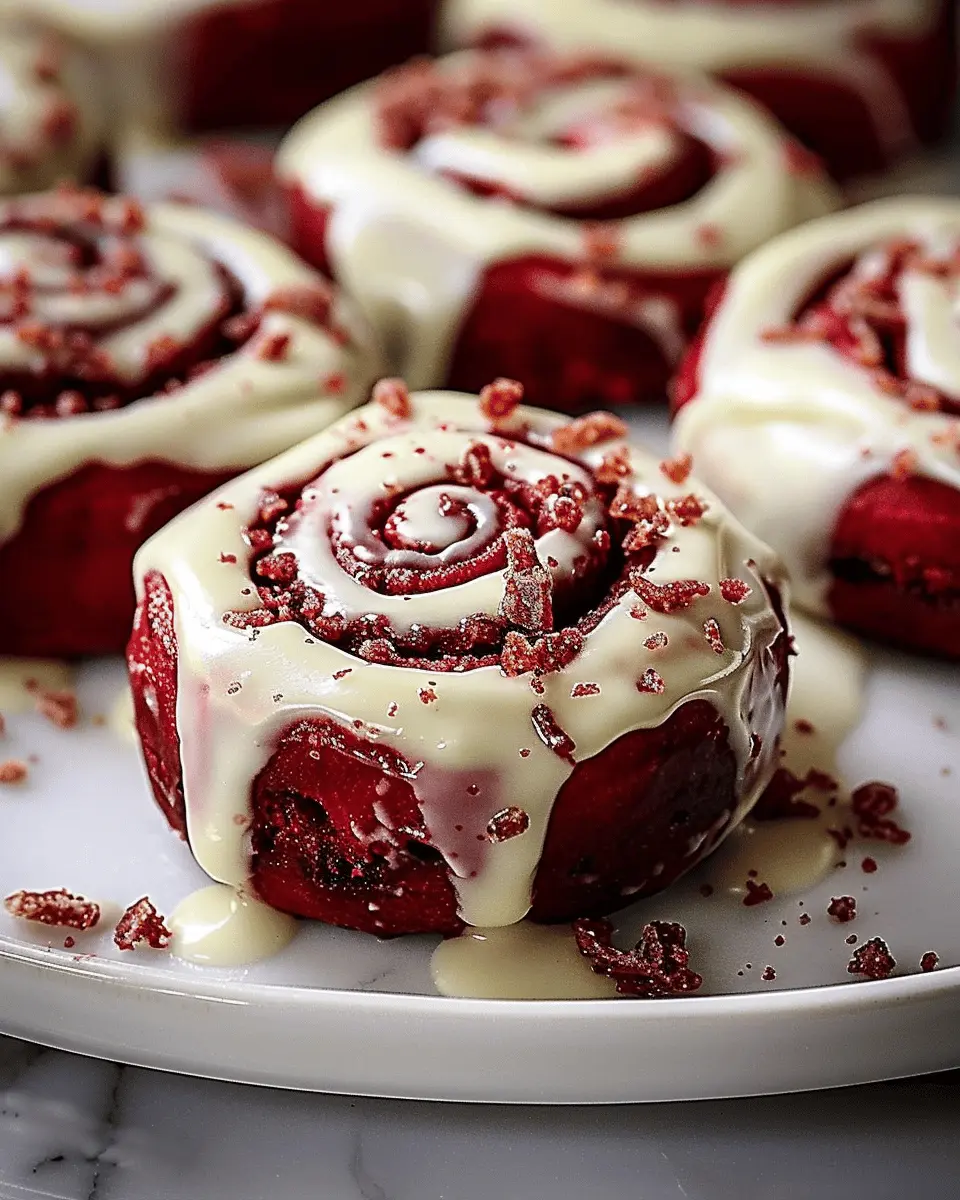Introduction to Sabudana Kheer
Are you searching for a delightful dessert that not only satisfies your sweet cravings but also brings a touch of tradition to your table? Look no further than sabudana kheer! This creamy delicacy, made with tapioca pearls (sabudana), milk, and a hint of sweetness, has become a cherished dessert across many Indian households, especially during festivals and fasting periods.
Why Sabudana Kheer is a Beloved Dessert?
So, what makes sabudana kheer such a beloved dish? For one, its unique texture and versatility stand out. The small tapioca pearls truly transform into a delightful pudding that’s both satisfying and comforting. It’s incredible to think that these tiny pearls, when cooked, take on a plump, chewy consistency that is simply irresistible.
Moreover, sabudana kheer is incredibly easy to prepare—ideal for young professionals juggling work and home life. You can whip it up in under an hour! A typical preparation includes simmering the sabudana in milk until they soften and blend perfectly with sugar and cardamom. This dish not only satisfies your sweet tooth but also provides a burst of energy, thanks to the high carbohydrate content of the cassava-derived pearls.
Eating sabudana kheer might even evoke fond memories of grandma’s kitchen, where the aroma of cardamom and nuts fills the air. It’s a dessert that transcends generations, making it perfect for family gatherings or cozy evenings at home.
Moreover, since it’s gluten-free, this dessert caters to various dietary preferences. If you want an added crunch, consider garnishing it with roasted nuts or dried fruits—elements that not only enhance flavor but also offer an appealing visual contrast.
If you’re interested in exploring more about the nutritional benefits of tapioca or the cultural significance of kheer, sites like Healthline and NDTV Food offer insightful articles.
In the following sections, I’ll share an irresistible sabudana kheer recipe that’s not only simple but will impress your friends at your next gathering. Let’s dive into the deliciousness!

Ingredients for Sabudana Kheer
If you’re new to making sabudana kheer, don’t worry; it’s a simple and satisfying dessert. This comforting dish is made primarily from sabudana, or tapioca pearls, which transforms into a creamy delight with the right ingredients. Here’s what you’ll need:
-
Sabudana (Tapioca Pearls): 1 cup
This is the star of the dish. Make sure to choose high-quality pearls for the best texture. -
Milk: 4 cups
Full-fat milk adds richness, but you can substitute with almond or coconut milk for a dairy-free version. -
Sugar: 1/2 cup
Adjust the sweetness according to your preference. Jaggery is a lovely alternative for a healthier option. -
Cardamom Powder: 1 teaspoon
This adds a warm, aromatic flavor that’s essential to the recipe. -
Chopped Nuts: 1/4 cup (cashews, almonds)
They bring a nice crunch and additional nutrition, plus they look beautiful! -
Raisins: 2 tablespoons
Raisins add a touch of sweetness and texture—the perfect complement to the sabudana kheer.
Make this delightful dessert for a festive occasion or just a cozy night in. You can find more tips on preparing sabudana kheer at food blogs like Vegan Richa or Sanjeev Kapoor for guidance. Happy cooking!
Step-by-Step Preparation of Sabudana Kheer
Making sabudana kheer can be a delightful and fulfilling experience, especially when you savor the rich flavors of creamy milk and soft tapioca pearls. Follow these simple steps, and you’ll impress your friends and family with this traditional Indian dessert!
Cleaning the Sabudana
Before you dive into the main preparation steps, it’s essential to start with clean ingredients.
- Measure the Sabudana: Generally, a cup of sabudana (tapioca pearls) is perfect for a family dessert.
- Rinse Thoroughly: Place the measured sabudana in a fine sieve and rinse it under cold water. This step is crucial to remove any excess starch and impurities. Give it a good shake and ensure the water runs clear. Clean ingredients lead to better flavor and texture in your sabudana kheer.
Soaking the Sabudana
After cleaning the pearls, it’s time to soak them.
- Soak for Right Amount of Time: Place the rinsed sabudana in a bowl and cover it with water. Soak for about 2-4 hours. This allows the pearls to expand and soften, making them ready for cooking. If you’re short on time, even 30 minutes can work, but longer soaking typically yields better results.
- Check Consistency: You’ll know they’re ready when the pearls become slightly translucent and soft to the touch. Don’t forget to drain any excess water once they are done soaking.
Preparing the Nuts and Milk Base
Nuts and milk add richness and flavor to your sabudana kheer.
- Select Your Nuts: A mix of cashews, almonds, and pistachios works wonderfully. You can chop them coarsely or finely, depending on your preference.
- Prepare the Milk: In a saucepan, heat about 4 cups of full-fat milk over medium heat. Bring it to a gentle boil, stirring continuously to avoid burning.
- Flavor the Milk: You can add a pinch of cardamom for aroma, or even some saffron strands if you want to elevate the dessert.
Cooking the Sabudana and Milk Together
Now comes the most exciting stage of making sabudana kheer!
- Combine: Once the milk reaches boiling point, add the soaked sabudana. Lower the heat to a simmer and continue to stir frequently.
- Monitor the Texture: As the kheer cooks, you might notice the pearls thicken the milk. This should take about 20-25 minutes. The pearls will become fully translucent and soft, integrating seamlessly with the milk.
- Tip: If it gets too thick, you can always add some milk to reach your desired consistency.
Adding Sweetness and Garnishing
The final touch makes all the difference.
- Sweeten Your Kheer: Once your sabudana is nicely cooked and creamy, add sugar to taste—typically about ½ to 1 cup, depending on how sweet you like it. Stir until fully dissolved.
- Garnish: Finish off your sabudana kheer by folding in the prepared nuts and a hint of cardamom or rose water for a fragrant touch. Serve it warm or chilled, garnished with a sprinkle of more nuts on top.
From start to finish, preparing homemade sabudana kheer is not just a recipe; it’s a beautiful culinary experience that many cherish. Each step is vital in bringing out the flavors, and don’t rush through them. Enjoy the process as much as the delicious end result!
If you’re intrigued by the nutritional benefits of sabudana or want to explore more sweet Indian treats, check out this informative article and elevate your knowledge beyond just cooking!
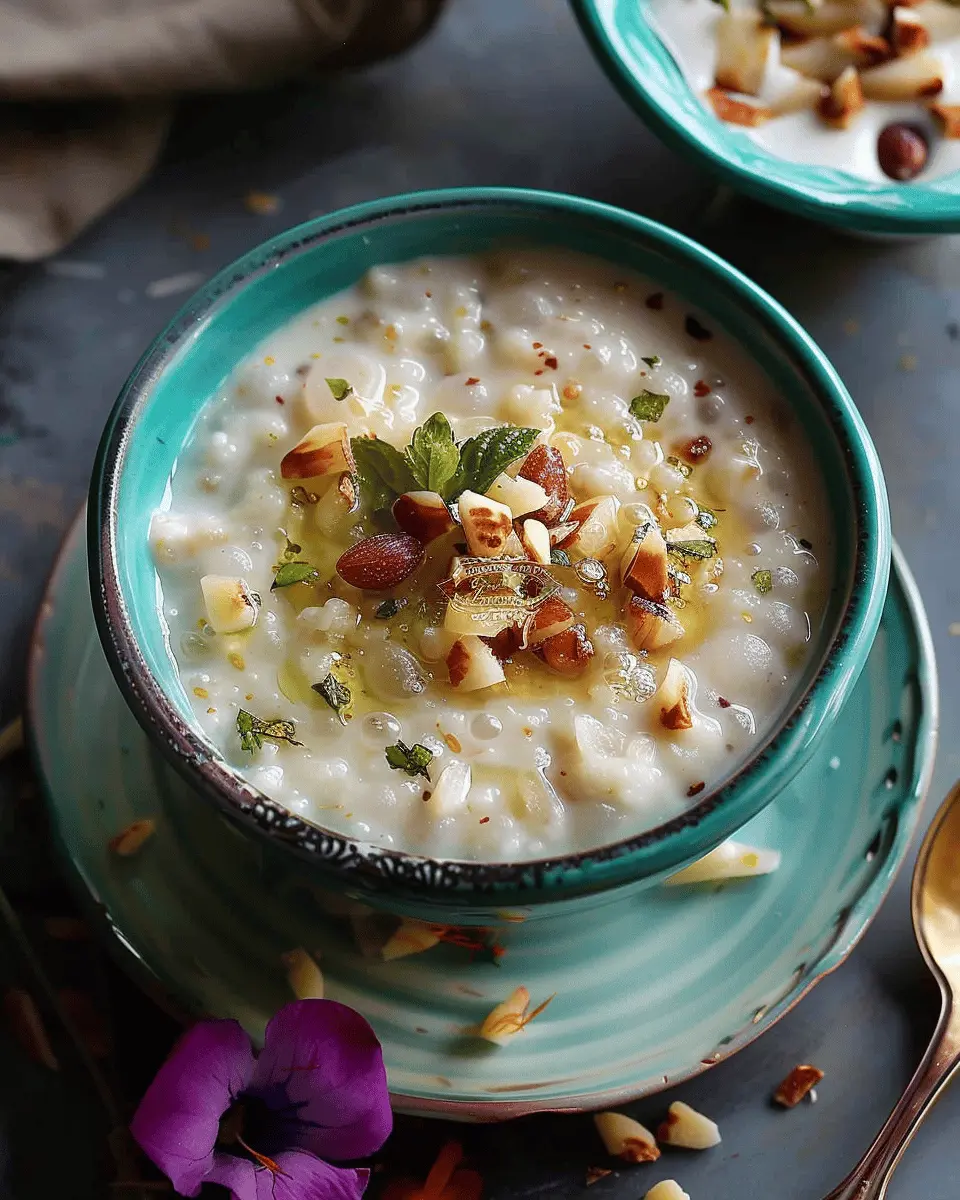
Variations on Sabudana Kheer
Sabudana Kheer with Jaggery
One delightful twist on the traditional sabudana kheer is to replace sugar with jaggery. Not only does this add a rich, caramel-like flavor, but it also infuses the dish with healthy minerals and vitamins. The process is simple—just substitute sugar for grated jaggery while cooking the kheer. As the jaggery melts into the warm mixture, you’ll get a gorgeous amber hue that promises a wholesome dessert experience. Plus, if you’re curious about the health benefits of jaggery, this article from Healthline outlines its nutritional perks.
Making it Vegan-Friendly
If you’re looking to make your sabudana kheer vegan-friendly, there are plenty of options to explore. Instead of using milk, opt for plant-based alternatives like almond or coconut milk. These not only maintain the creamy texture but also add unique flavors that complement the dish beautifully.
Here’s a quick way to get started:
- Ingredients: Sabudana, coconut milk (or almond milk), jaggery (or maple syrup), and a hint of cardamom.
- Method: Soak sabudana as usual, then boil it in coconut milk instead of regular milk. Once it reaches your desired consistency, add jaggery for sweetness.
You might be surprised at how quickly this vegan version becomes a favorite! Explore more on vegan cooking from Forks Over Knives.
These variations not only cater to different dietary preferences but also add a new flair to the classic dessert. So, whether you’re using jaggery for a healthier choice or tweaking it to be vegan, these variations promise to elevate your sabudana kheer experience, making it even more versatile and delicious.
Cooking Tips and Notes for Sabudana Kheer
When crafting the perfect sabudana kheer, getting the right texture is crucial. Here are some tips to help you create a delicious dessert that will impress anyone:
-
Soaking the Sabudana: Be sure to soak the sabudana (tapioca pearls) for no more than 3-4 hours. Over-soaking can make them mushy.
-
Consistency is Key: The ideal sabudana kheer should be creamy yet slightly thick. Keep adjusting the milk to reach your desired consistency. Whole milk will give richness, while almond or coconut milk can be great alternatives for a vegan twist.
-
Sweetness Levels: Start with a modest amount of sugar, like half a cup of jaggery or regular sugar, and add to taste. Remember, the sweetness will intensify as the kheer sits.
For more insights, consider checking out resources on traditional Indian desserts. As you prepare your sabudana kheer, personal touches, like adding nuts or saffron, can elevate the flavors further, making each bite unforgettable!
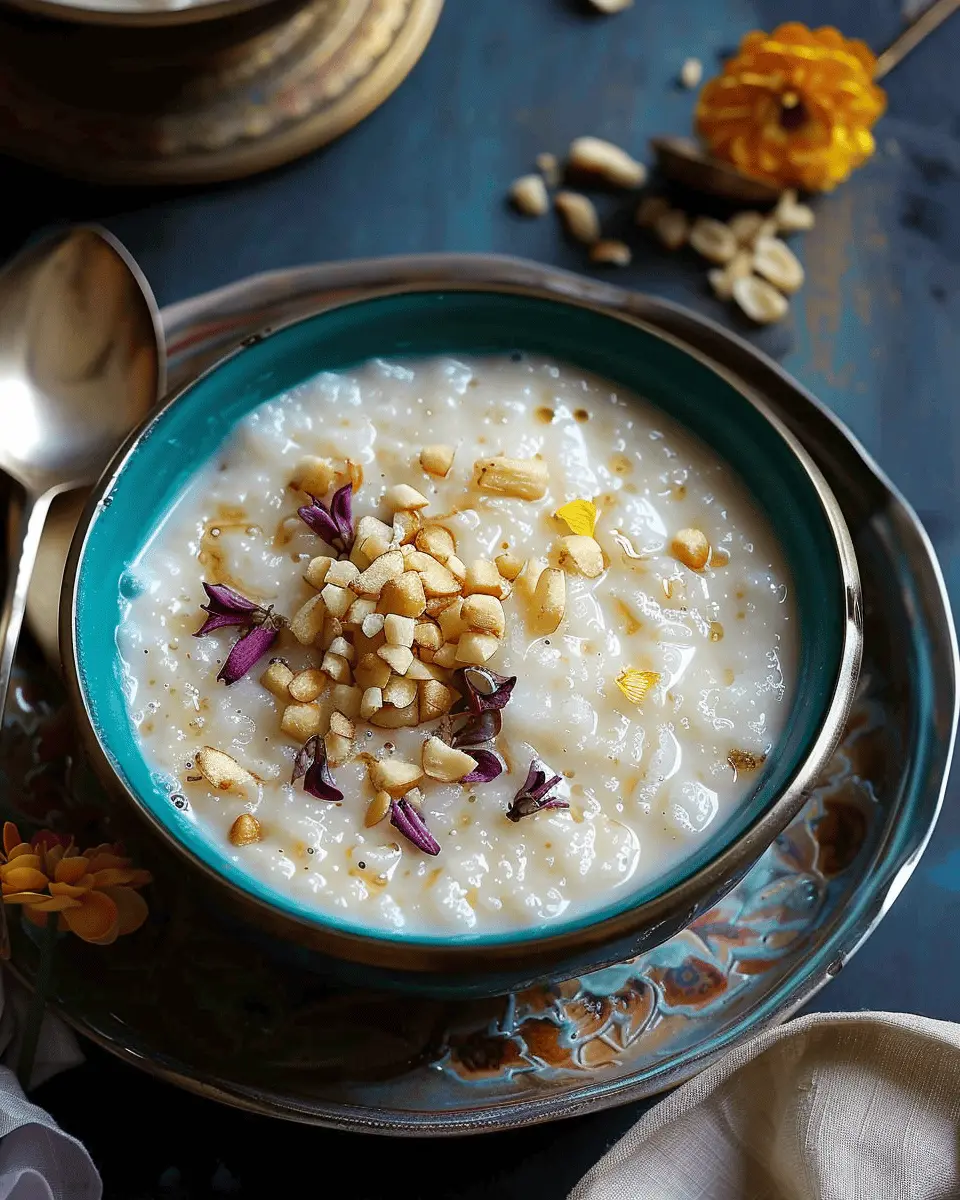
Serving Suggestions for Sabudana Kheer
When it comes to sabudana kheer, serving it right can elevate the dish and enhance the overall dining experience. Here are some delightful accompanying suggestions:
Complement with Crunchy Toppings
Add a delightful texture by sprinkling some chopped nuts such as almonds, cashews, or pistachios on top of your sabudana kheer. These not only provide crunch but also enhance the nutritional value! For a fun twist, you can use toasted coconut flakes to add a hint of tropical flavor.
Enjoy with Fruits
Pair your kheer with fresh fruits like mango, banana, or pomegranate. The natural sweetness of fruits balances the rich creaminess of the kheer. Plus, they add vibrant color to your dessert presentation!
Serving Temperature
Sabhudana kheer can be enjoyed warm, at room temperature, or chilled. If you’re opting for a summer treat, a chilled version can be particularly refreshing. Just let it sit in the fridge for a couple of hours before serving.
These simple suggestions can transform your sabudana kheer into a standout dessert! Want to dive deeper into the world of Indian sweets? Check out this comprehensive guide for more inspiration.
Time Breakdown for Sabudana Kheer
Preparation Time
Getting ready to whip up your sabudana kheer is a breeze! You’ll typically need about 10-15 minutes to gather your ingredients and soak the sabudana (tapioca pearls). Soaking is crucial as it ensures they become nice and fluffy during cooking.
Cooking Time
Cooking the sabudana kheer will take around 20-30 minutes. You’ll be stirring the saucepan, adding milk, and letting the beautiful aroma fill your kitchen. Just imagine the deliciousness!
Total Time
In total, you’re looking at about 30-45 minutes from start to finish. Perfect for a quick dessert after dinner or a sweet treat for your afternoon tea. With such a small time commitment, why not give this delightful dessert a try? For a detailed sabudana kheer recipe, check out this excellent resource that can guide you further!
Nutritional Facts for Sabudana Kheer
When you’re indulging in a comforting bowl of sabudana kheer, it’s great to know what you’re nourishing your body with. Here’s a quick breakdown of its nutritional profile to help you enjoy this delicious dessert mindfully.
Calories
A typical serving of sabudana kheer contains approximately 200-300 calories, depending on the sugar and milk used. It’s a wonderful treat that can easily fit into a balanced diet without veering off the healthy track.
Protein
While sabudana itself is relatively low in protein, the addition of milk boosts the levels significantly. A serving might provide around 5-8 grams of protein, making it a wholesome dessert that can satisfy your sweet tooth while contributing to your daily protein intake.
Sugar Content
The sugar content in sabudana kheer can vary based on how much sweetener you choose to add. On average, a bowl may contain about 15-20 grams of sugar. This is something to keep in mind, especially if you’re watching your sugar intake. To make it healthier, consider using natural sweeteners like honey or jaggery.
Discover more tips on healthy eating and dessert alternatives on Nutrition.gov and Healthline. Enjoy your kheer with awareness, and feel free to experiment with the ingredients for a healthier twist!
FAQ about Sabudana Kheer
Is sabudana kheer gluten-free?
Absolutely! Sabudana kheer is naturally gluten-free, making it a safe dessert option for those with gluten sensitivities or celiac disease. The main ingredient, sabudana (tapioca pearls), is derived from cassava, which is a gluten-free root. Just ensure that any additional ingredients you use, such as milk or sweeteners, are also gluten-free to keep the whole dish safe for everyone.
Can I make sabudana kheer in advance?
Yes, you can definitely prepare sabudana kheer in advance! It’s a great option if you’re planning a festive gathering or family meal. Make the kheer according to your recipe, then store it in the refrigerator. Just a quick tip: when reheating, add a splash of milk to restore its creamy texture. It’s delicious both warm and cold!
What is the best way to store sabudana kheer?
To store your sabudana kheer, place it in an airtight container before putting it in the fridge. It should stay fresh for about 3–4 days. If you notice any separation or thickening, simply stir it well or add a bit of milk when you’re ready to enjoy it again. And for those looking for ways to elevate the dish, consider checking out this guide on different toppings that can take your kheer to the next level!
Feel free to experiment with variations, and don’t forget to share your experiences or questions in the comments below—community feedback is always welcome!
Conclusion on Sabudana Kheer
In wrapping up our delightful journey through the world of sabudana kheer, it’s clear that this creamy, sweet dish is not just a treat for your taste buds, but also a warm hug for your soul. A staple during festivals and fasting, this dessert is incredibly versatile and can be adapted to various dietary preferences.
When prepared with love, sabudana kheer brings a unique texture and comforting flavor that’s truly hard to resist. Whether you’re sharing it with friends or simply indulging on your own, this dessert never disappoints. So go ahead, give it a try! You’ll find that the simple ingredients come together to create something truly special.
For more in-depth recipes and culinary inspiration, check out BBC Good Food and Epicurious.
PrintSabudana Kheer: Easy Indulgence for a Satisfying Dessert
Sabudana Kheer is a delightful dessert made from tapioca pearls, perfect for satisfying your sweet tooth.
- Prep Time: 10 minutes
- Cook Time: 30 minutes
- Total Time: 40 minutes
- Yield: 4 servings 1x
- Category: Dessert
- Method: Stovetop
- Cuisine: Indian
- Diet: Vegetarian
Ingredients
- 1 cup sabudana (tapioca pearls)
- 4 cups milk
- ¾ cup sugar
- ½ cup grated coconut
- ½ teaspoon cardamom powder
- ¼ cup chopped nuts (cashews, almonds)
- 2 tablespoons ghee
Instructions
- Rinse the sabudana under cold water until the water runs clear.
- Soak the sabudana in water for 2-3 hours.
- In a pan, heat the ghee and add the soaked sabudana.
- Add the milk and bring it to a boil, stirring continuously.
- Once it thickens, add sugar and mix well.
- Stir in the grated coconut and cardamom powder.
- Cook for a few more minutes until the desired consistency is reached.
- Garnish with chopped nuts before serving.
Notes
- For a richer flavor, cook the kheer in full-fat milk.
- Adjust the sugar according to your taste preference.
Nutrition
- Serving Size: 1 bowl
- Calories: 230
- Sugar: 15g
- Sodium: 50mg
- Fat: 10g
- Saturated Fat: 5g
- Unsaturated Fat: 4g
- Trans Fat: 0g
- Carbohydrates: 30g
- Fiber: 1g
- Protein: 5g
- Cholesterol: 20mg
Keywords: Sabudana Kheer, dessert, tapioca, Indian dessert

